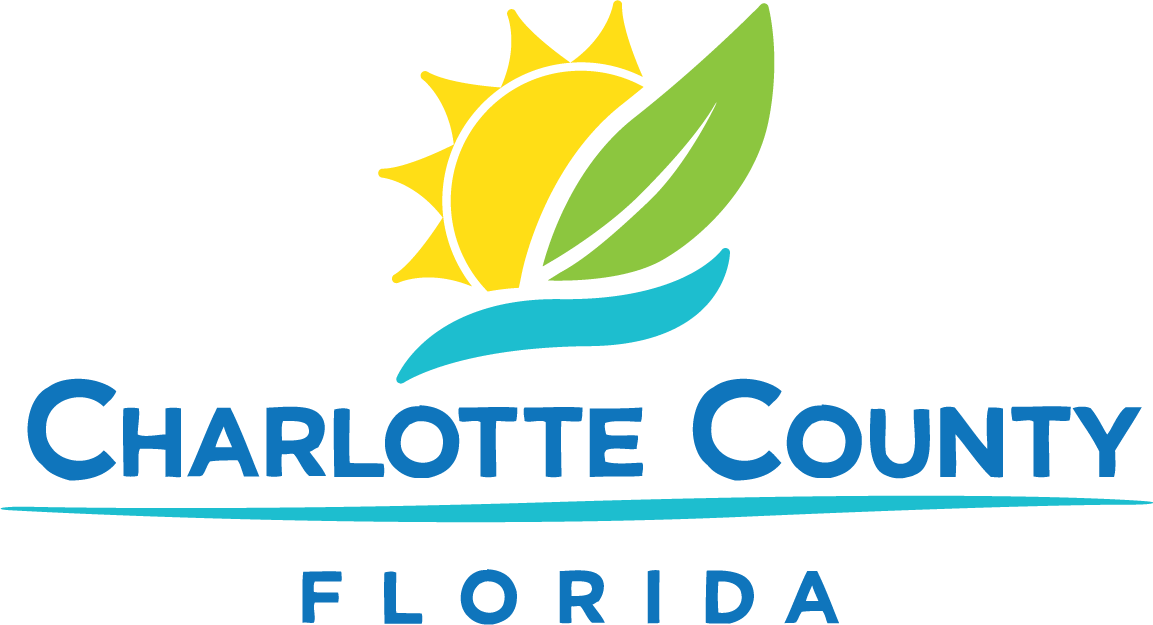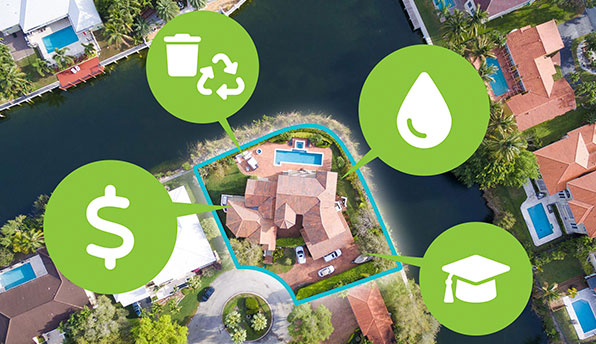A Repetitive Loss Property is defined by the National Flood Insurance Program as a property that is covered under a NFIP flood insurance policy and that has had two or more flood insurance claims of more than $1,000 paid within any 10-year period since 1978.
A Severe Repetitive Loss Property is defined as a residential property that is covered under a NFIP flood insurance policy and that:
- has at least 4 NFIP claim payments (including building and contents) over $5,000 each and the cumulative amount of such claims payments exceeds $20,000,
or - for which at least two separate claims payments (building payments only) have been made with the cumulative amount of the building portion of such claims exceeding the market value of the building. At least two of the above referenced claims must have occurred within any 10-year period and must be greater than 10 days apart.
Our GIS Division has developed a map showing the areas where repetitive flood claims have occurred. Specific flood loss claim- information is protected by the Federal Privacy Act of 1974, but we can identify the areas where repetitive flood loss claims occur. We have delineated these areas based on the following recommended criteria:
- History of repetitive loss flood claims
- Similar exposure to a flood source
- Similar construction, including foundation
- Similar age of structures, and
- Similar topography and/or drainage patterns
View the Charlotte County Repetitive Loss Area Map
The causes of flooding can be viewed here: Repetitive Loss Areas - Causes of Flooding
If you own a home or are purchasing a home in these areas, consider permanent protection measures such as:
- Elevate your home or place of business above flood levels
- Place your mechanical equipment above flood levels
- Install flood openings in non-habitable areas to equalize the pressure of floodwaters
- Remove furniture and valuables from lower enclosures
- Learn how climate change can affect your property. Find out how sea level rise increases flooding. Higher seas = more flood water! Go to the National Oceanic and Atmospheric Administration (NOAA) for more information: Climate Change: Global Sea Level | NOAA Climate.gov
Retrofitting
To make changes to an existing building to protect it from flooding or other hazards.
Floodproofing
A combination of structural and non-structural adjustments that allow non-residential buildings under construction or undergoing substantial improvement to have portions of the structure beneath the required base flood elevation. Floodproofing of areas below the base flood elevation is not permitted in residential structures. There are two form of floodproofing.
Dry floodproofing
Can be used to make a structure watertight below the base flood elevation. It keeps the building interior dry by holding water out. Flood shields, also known as flood panels, flood barriers, or flood gates, is an example. These are erected in front of building openings prior to flood events. A maintenance plan must be developed and submitted to the County when using this method. These can be used with other dry floodproofing measures for maximum protection such as applying a water-resistant material along the exterior walls of a structure to help keep water out. This process is more labor-and parts-intensive than wet floodproofing and requires maintenance. It also exposes the structure to substantial hydrostatic pressures, which is not the case with wet floodproofing.
Wet floodproofing
Requires flood-resistant materials and allows flood waters to move in and out of the structure, without damage. Wet floodproofing does not keep the structure dry, so cleanup is very important. The most common form of wet floodproofing is the use of flood vents. Flood vents allow the water to move in and out, reducing hydrostatic pressure and can be designed to keep debris and creatures out. FEMA provides information about retrofitting and floodproofing structures to protect them from flooding, and in some cases, to lower flood insurance costs. These actions are particularly recommended for properties that are considered repetitive loss properties. Retrofitting and floodproofing can help break the cycle of repetitive flood damage. For more information on ways to protect your property, visit FEMA's Homeowner’s Guide to Retrofitting. If you have flood insurance through the NFIP, federal grants may be available to mitigate your property. You can find out more about FEMA’s grant program and the mitigation methods that qualify on fema.gov.






